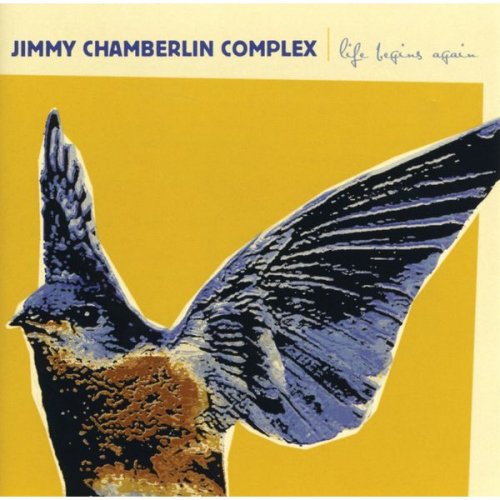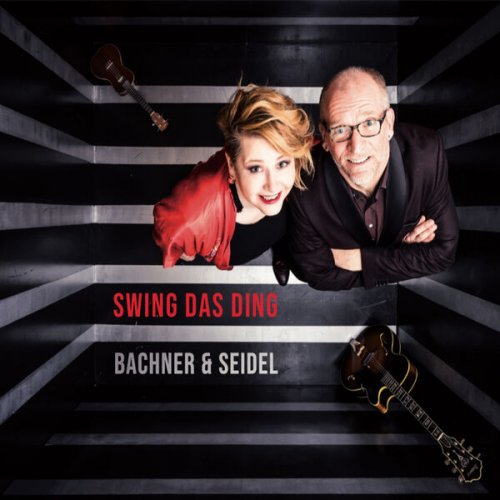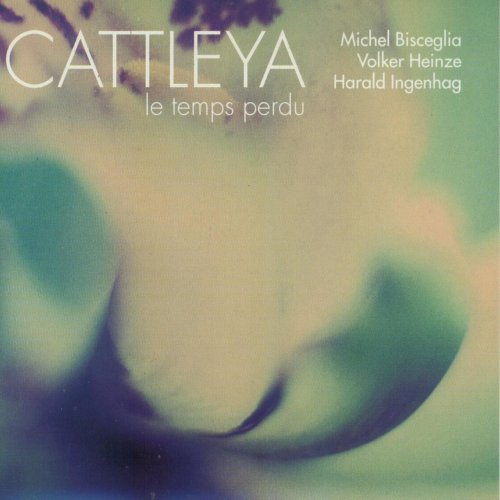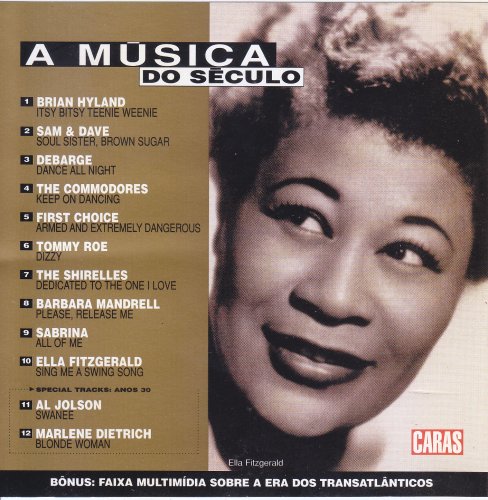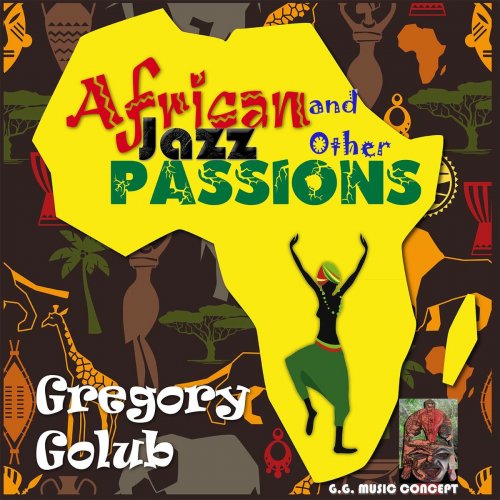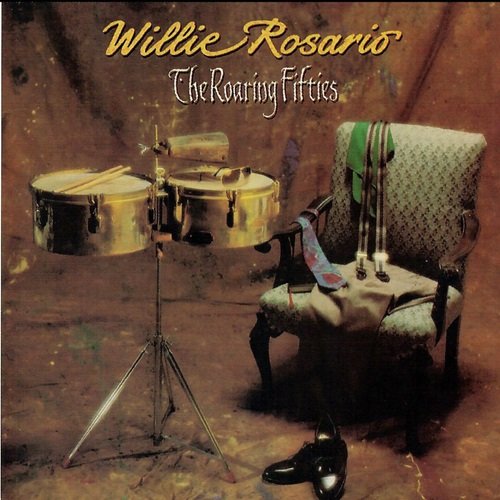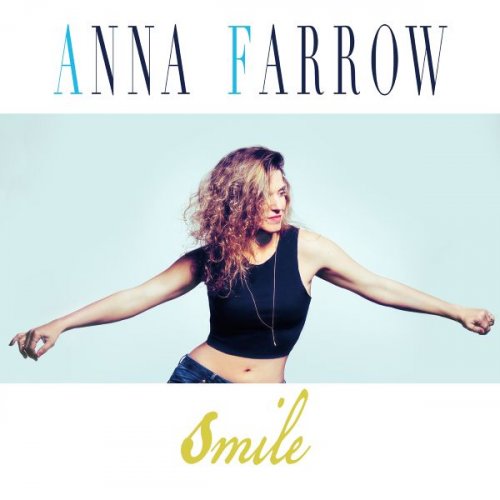Ana Turkalj, Aleck Carratta - Reinecke: Complete Cello Sonatas (2022) [Hi-Res]
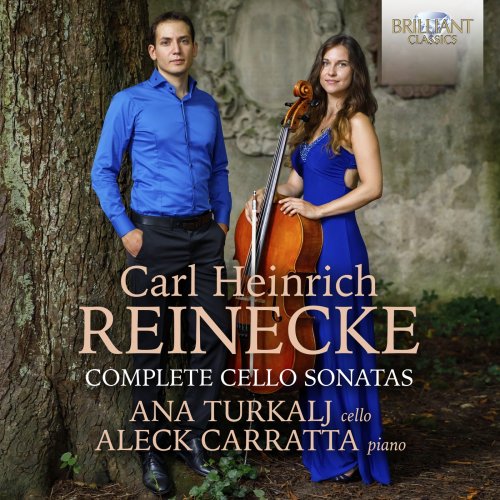
Artist: Ana Turkalj, Aleck Carratta
Title: Reinecke: Complete Cello Sonatas
Year Of Release: 2023
Label: Brilliant Classics
Genre: Classical
Quality: flac lossless (tracks) / flac 24bits - 44.1kHz +Booklet
Total Time: 00:58:06
Total Size: 248 / 518 mb
WebSite: Album Preview
TracklistTitle: Reinecke: Complete Cello Sonatas
Year Of Release: 2023
Label: Brilliant Classics
Genre: Classical
Quality: flac lossless (tracks) / flac 24bits - 44.1kHz +Booklet
Total Time: 00:58:06
Total Size: 248 / 518 mb
WebSite: Album Preview
01. Cello Sonata No. 1 in A Minor, Op. 42: I. Allegro moderato
02. Cello Sonata No. 1 in A Minor, Op. 42: II. Lento ma non troppo - Intermezzo. Moderato
03. Cello Sonata No. 1 in A Minor, Op. 42: III. Finale. Allegro molto ed appassionato
04. Cello Sonata No. 2 in D Major, Op. 89: I. Lento - Allegro molto moderato
05. Cello Sonata No. 2 in D Major, Op. 89: II. Andante
06. Cello Sonata No. 2 in D Major, Op. 89: III. Finale. Moderato
07. Cello Sonata No. 3 in G Major, Op. 238: I. Adagio - Allegro moderato
08. Cello Sonata No. 3 in G Major, Op. 238: II. Andante mesto
09. Cello Sonata No. 3 in G Major, Op. 238: III. Finale. Allegro
The fundamentally Romantic idiom of Carl Reinecke coexists with the twilight of the 19th century and the dawn of the 20th century. He was a precocious and prolific composer, who wrote music from an early age after his birth in the North German town of Altona in 1924.
The last of his three cello sonatas was composed in the year of 1898 once he had retired from teaching duties at the Leipzig Conservatoire to become its director, while the first of them was composed in 1848, when Reinecke was serving as a young and brilliantly accomplished court pianist in Copenhagen. The trio of sonatas thus spans his maturity and effectively traces certain strands of his development as a composer. All three of them hew to the standard quick-slow-quick three-movement form in which the sonata’s argument is outlined by a discursive first movement, deepened by a reflective intermezzo and rounded off with an extrovert rondo finale.
When it was belatedly published in 1855, the A minor Sonata won such popularity that Reinecke was soon asked to make a violin version of the piece. The dedicatee was Andreas Grabau, a cellist in the Gewandhaus Orchestra of which Mendelssohn was director, and indeed, the sonata rejoices in a quickness of thought and lively spirit which Felix would have recognized and appreciated.
The D major Sonata Op.89 was composed in 1866 and published by Breitkopf & Härtel with a dedication to Carl Voigt (either the founder-director of the main choral society in Hamburg or the merchant-husband of the pianist Henriette Voigt). Is this a ‘midde-aged’ Reinecke? Certainly the first movement stands back from the high drama of the First Sonata, or at any rate gives way periodically to a very cellistic mode of introspection, inviting comparison in this regard with the recently composed E minor Cello Sonata of Brahms.
In this regard, the dedication of the Third Sonata to the memory of Brahms, who had died in April the previous year, might be regarded as a hostage to fortune. Yet while a pall of introspection hangs over the recitative-like introduction, worthy of Brahms’s own late Four Serious Songs, Reinecke was no slavish epigone, and the sonata is the work of a lifetime spent refining the craft of composition in himself and in others.
